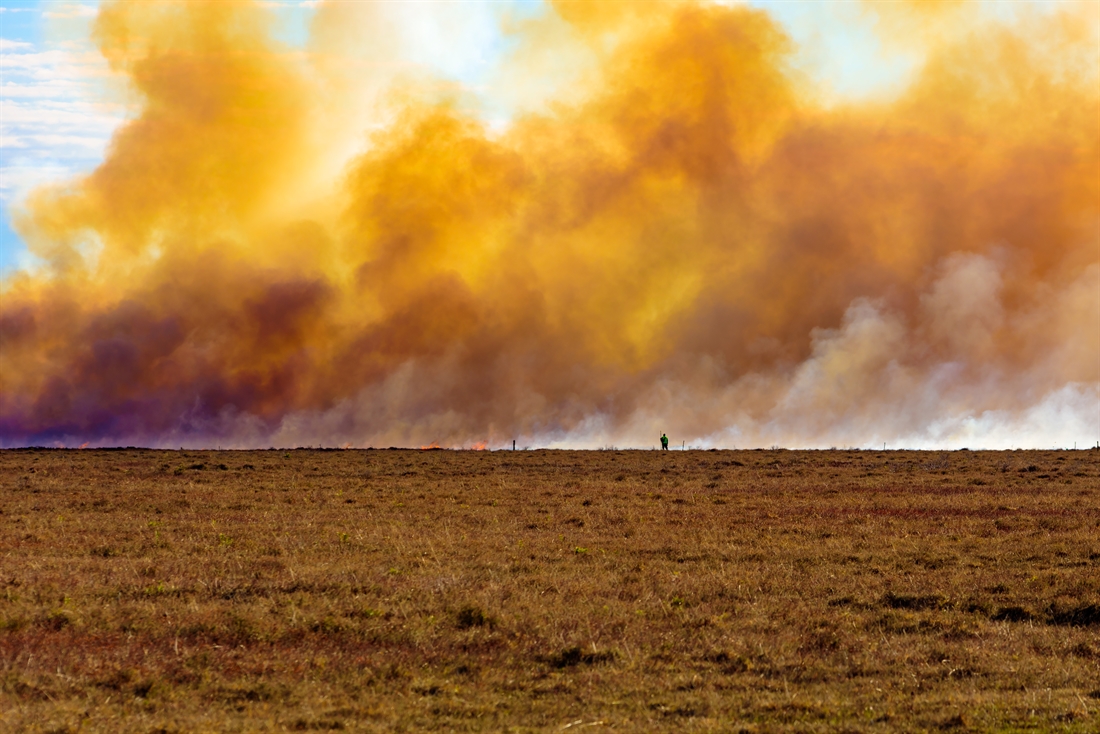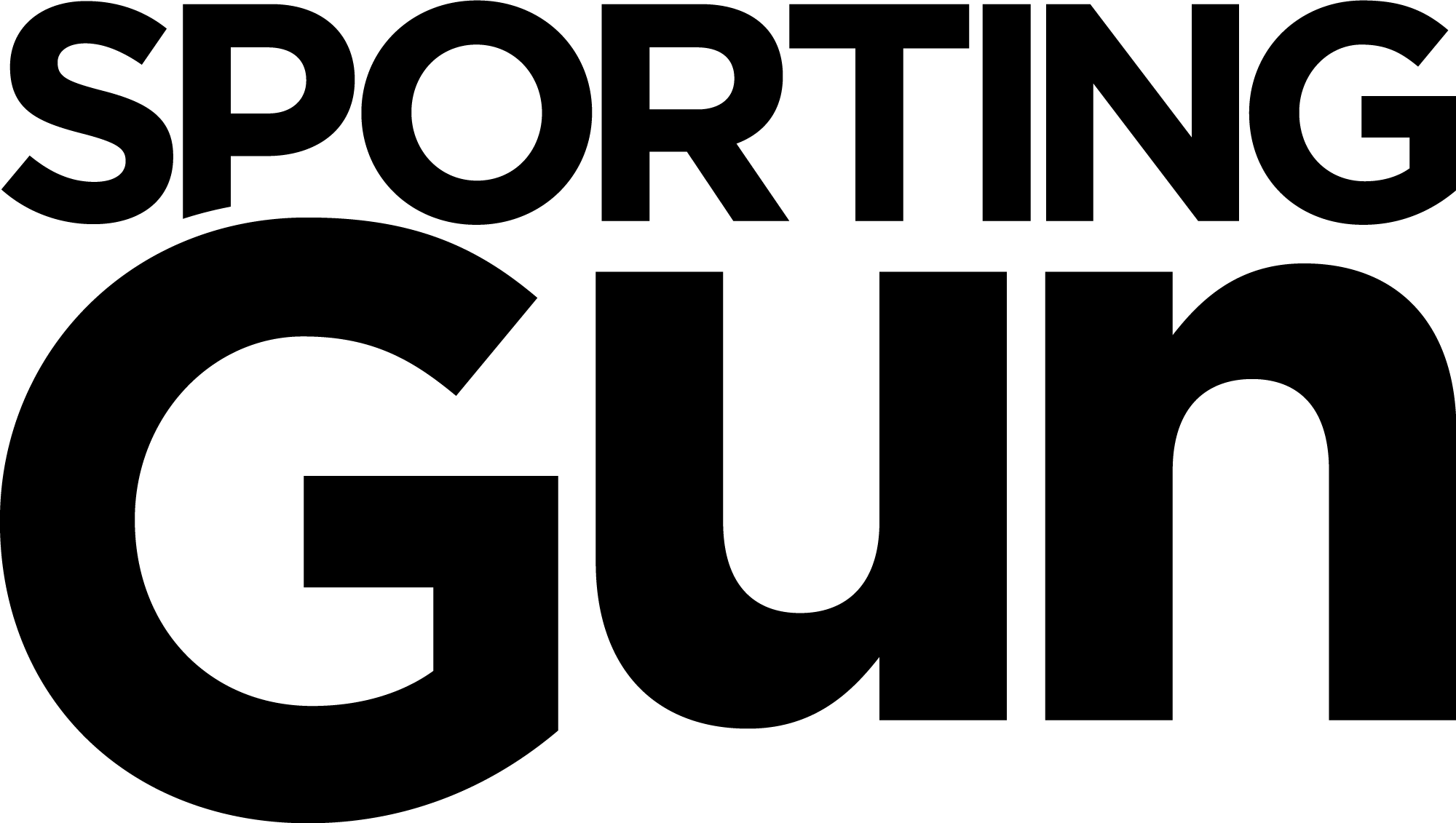“Burnt plots absorbed twice the amount of carbon as mown plots”
The mid-way findings of a 20-year study into moorland management - measuring carbon storage, water tables and species biodiversity on burnt, mown and unmanaged areas - have been published.

Researchers working on a landmark 20-year study into the effects of various moorland management practices have published the half-way findings, concluding there is no “one size fits all” approach to moorland management.
The study, Protecting our Peatlands, found that although there was a small initial benefit in terms of carbon capture when heather is allowed to grow unmanaged, it causes the peat to dry out over time, and also provides a fuel load which increases the risk of wildfires. Wildfires themselves cause potentially catastrophic carbon loss as well as damage to the peat.
Researchers at York University recently published the 10-year findings with a note in the abstract explaining that: “Although Peatland-ES-UK has already continued for longer than nearly all other moorland research, it is important that the work covers at least the length of a complete management cycle. To produce results that are robust and long-term enough to guide moorland management policy, we plan to continue the project for another decade.”
The mid-way findings highlight the folly of knee-jerk reactions made by local governments, based either on short-term studies or the increasing pressure from activist groups. Researchers stated that: “Both burning and mowing release considerable amounts of carbon during […] the first years after management, but this is counteracted by increased absorption later on… Heather management also seems to increase biodiversity and maintain higher water tables in the longer term, compared to areas of unmanaged heather.”
Comparing these findings to an earlier five-year study by researchers at the University of Leeds again highlights the need for longer term studies. Effects of Moorland Burning on the Ecohydrology of River Basins found that “water tables were […] significantly deeper for burned catchments thank for unburned ones”. If this study had run over a longer period, as Protecting our Peatlands did, they would have found that the water tables in unmanaged areas dropped steadily over time, and that “seven to nine years after management, the uncut areas are the driest with water tables around 13 cm below the peat surface, whereas both the mown and burnt areas have water tables around 11 cm underground”.
It is suggested that this could be due to the fact that in uncut/unburnt areas, the heather gradually gets larger, resulting in more plant matter above ground which must be supplied with water by its roots below ground; “Most of this water is lost to the air from pores in the leaves in a process called evapotranspiration”.
If the goal of moorland management policy is to protect peatlands and maximise carbon storage in the long-term, then it must be based on findings from studies that measure the long-term positive/negative effects of the various practices – including, as in this study, the effects on peatland of burning, mowing, and of leaving land unmanaged.
Key report findings from the moorland management study included:
- The burnt plots had the highest species richness and diversity from around two years after management compared to those that were mown and those left unmanaged
- Both burning and mowing reduce vegetation height compared to uncut heather, which is important for some ground nesting birds; tall heather severely limits ground nesting sites for those birds which prefer a more open situation such as Golden Plover
- The nutrient content of heather shoots was improved after either mowing or burning, but was improved more and for longer after burning for some elements relevant to carbon uptake; this nutrient richness is also beneficial for grazing animals
- Unmanaged areas, at the 10-year point, are predicted to still be a carbon “sink” (taking in but not releasing carbon), but are taking up less than half the carbon per year than at the start of the study – still slightly more than the cut areas, but less than half the absorption of the burnt areas each year
- Despite a large release of carbon immediately after burning, the peat itself was not damaged, and the burnt area would be working as a carbon “sink” by around 5-7 years after treatment, even considering carbon losses from combustion
- In terms of capturing and securing carbon into the ground long-term, charcoal (such as that left after burning) may play an important role; in comparison, brash left on the surface of mown sites will decompose and release more of its carbon to the atmosphere
- In areas of unmanaged heather, water tables gradually dropped over the course of this study as the peat dried out and had the lowest water table by the end (high water tables improve carbon storage); in contrast, burnt and mown areas recorded the highest water tables seven to nine years after management
- Uncut areas released by far the highest levels of methane
- If you do not manage these systems they will eventually burn through wildfire, very likely during warmer and drier periods, with potentially catastrophic carbon losses. Management with prescribed burning or mowing reduces fuel load, but with the initial carbon cost of loss through controlled combustion or longer term from decomposing brash. Unmanaged areas presented the highest fuel load and driest peat, therefore presenting the highest risk for wildfire
Amanda Anderson, Director of the Moorland Association, said: “This valuable report shows there is no simple solution to the management of peatland. This report provides compelling evidence for decision-makers to embrace all land management tools to find the sweet-spot of positive outcomes from our varied peatlands. There is no ‘one size fits all.’
“The debate around protecting and preserving peatland has long been too polarised and this report demonstrates that it is not in the best interests of conservation to demonise particular techniques. The time has come to apply this new knowledge to the previous blanket bog land management guidance from government and ensure it is fit for the purpose of restoring, enhancing and maintaining actively functioning blanket bog.”





